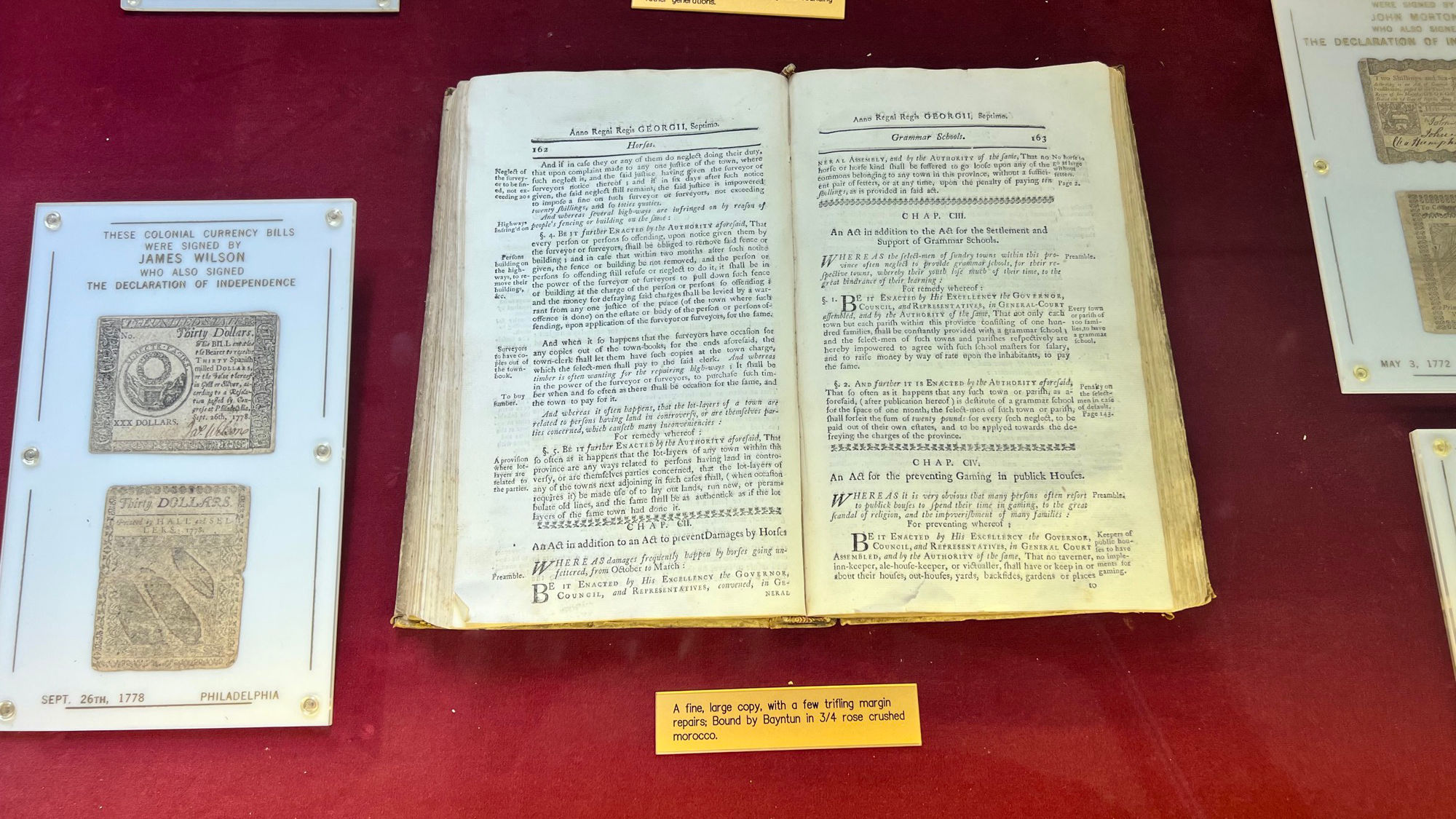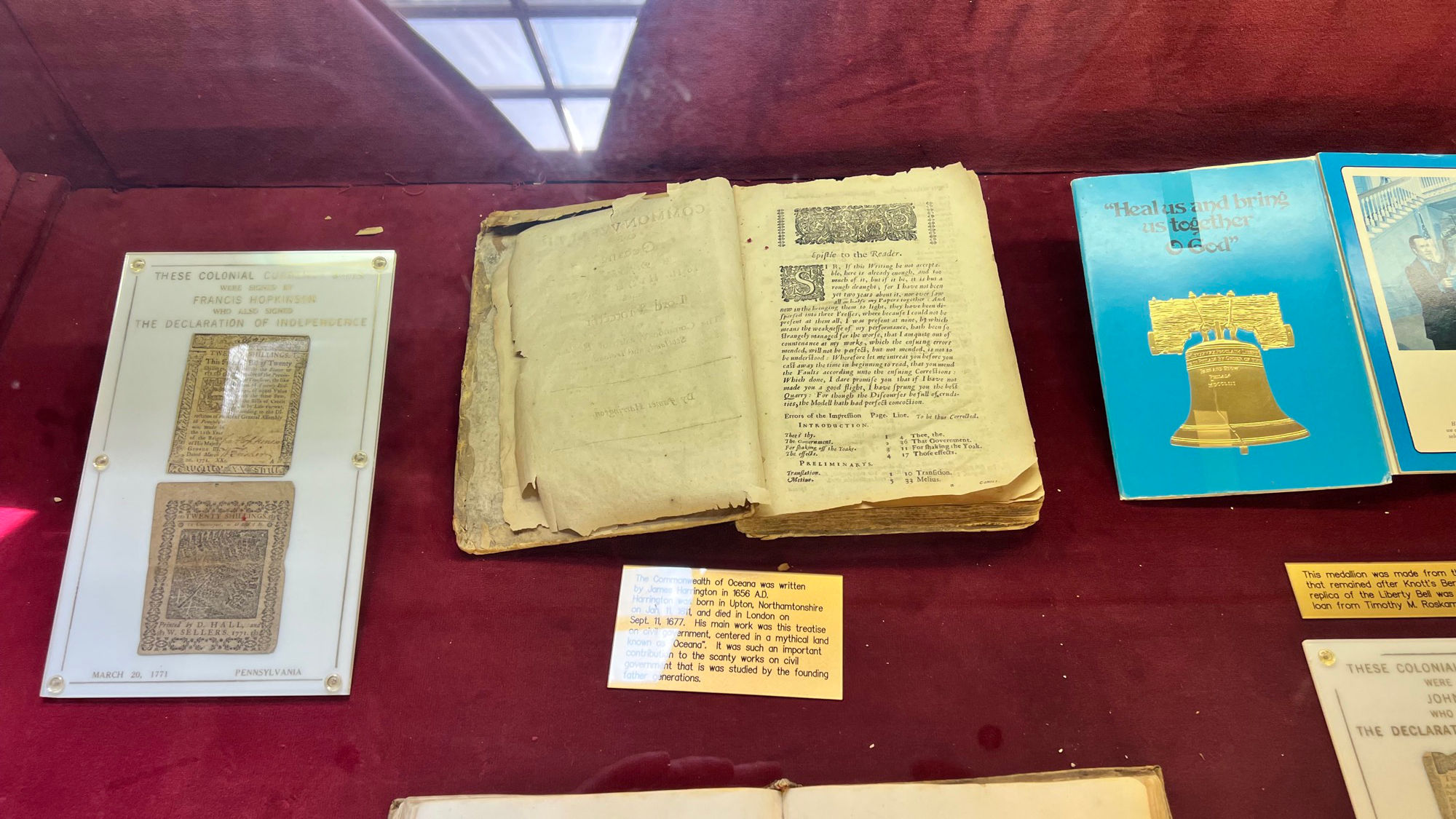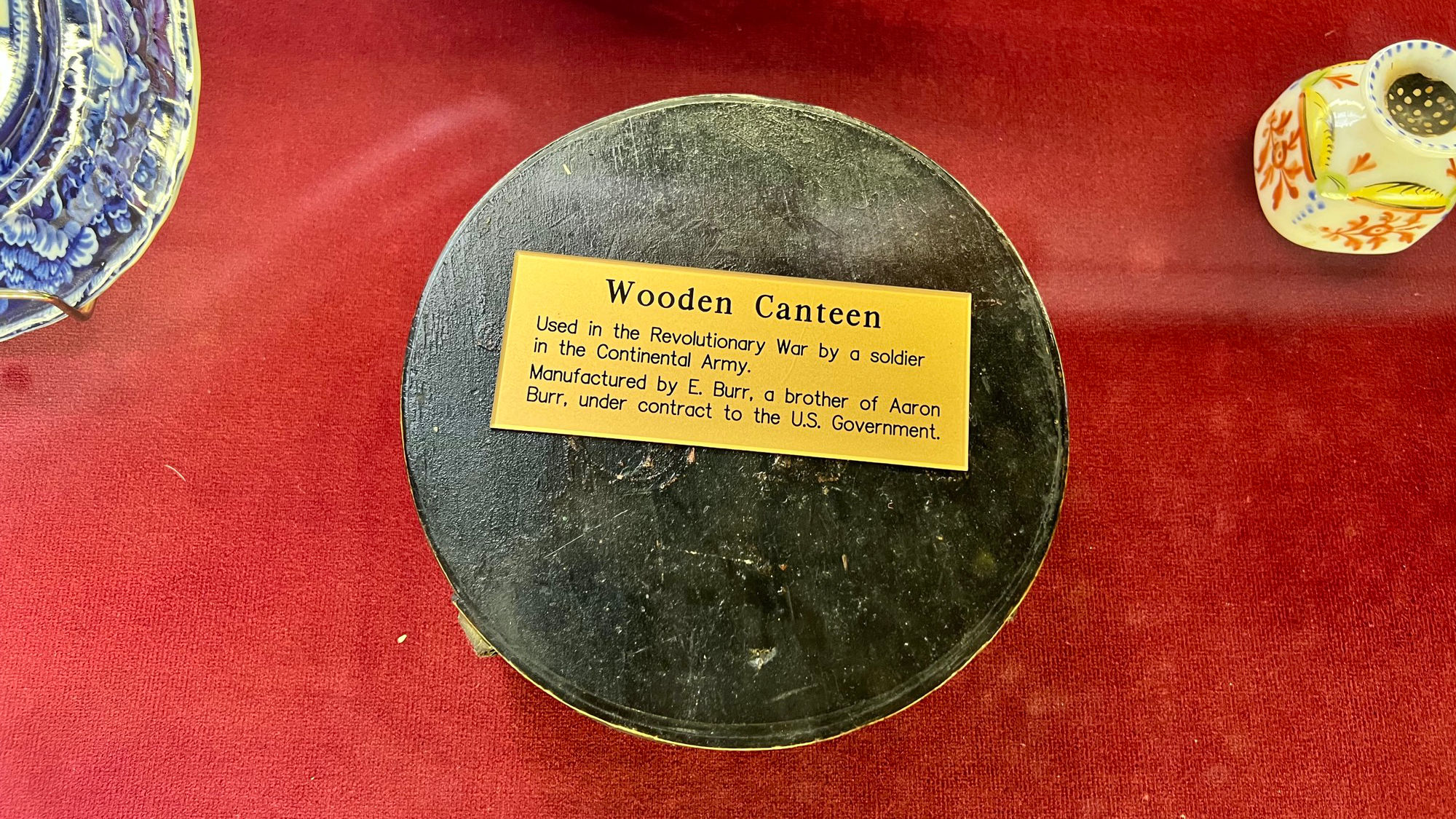Amusement Park Essentials
Snoopy T-Shirts Snoopy Stuffed Animals Knott's Raspberry Cookies
As an Amazon Associate we earn from qualifying purchases

An exact replica of the lantern used to signal Paul Revere from the steeple of the Od North Church on April 18, 1775.
One if by land, two if by sea:
This is a replica of the lanterns used to flash a warning signal from the steeple of the
Old North Church in Boston to patriots waiting on the Cambridge shore of Boston
Harbor on the night of April 18, 1775. Sons of Liberty members Paul Revere and
William Dawes both tried to get out of Boston to spread the alarm about oncoming
British troops. The lanterns were a pre-arranged back-up signal, in case neither Revere
nor Dawes made it. If one lantern were displayed, it meant the troops were coming by
land, and if two were displayed, it meant they were coming in boats across the Charles
River ("One if by land, two if by sea.").
The Shot heard around the world:
Both Revere and Dawes made it to Lexington, Massachusetts and spread the alarm.
Other alarm riders fanned out across the entire colony and even to adjoining colonies.
At about 4:30 a.m., the British expeditionary force of 700 soldiers arrived at Lexington.
They had thought they were on a secret night mission to capture the colony's
gunpowder while the colonists would all be asleep. Instead, Revere and Dawes had
gotten there hours before, and the British found a formation of wide-awake, armed
angry colonists. Shots were exchanged, and thus, on Lexington Green began the
American Revolution (The "Shot heard 'round the world")
Revere, Dawes and a couple of lanterns:
The British continued on to Concord, where they encountered more minutemen and
militia, with more arriving all the time. More shots were exchanged, and the British
wisely decided that it was time to get back to Boston. As they made their long march
back, there were thousands of angry colonists shooting at them from all directions. If
British General Gage in Boston had not sent out another thousand troops, along with
two cannon the first group would have never made it back. Revere, Dawes and a
couple of lanterns had done their jobs well.


- From the Centennial of 1876
- From the Bicentennial of 1976


- Thirty Dollars
These Colonial Currency Bills were signed by James Wilson who also signed the Declaration of Independence - Anno Regni Regis Georgii, Septimo
A fine, large copy, with a few trifling margin repairs; Bound by Bayntun in 3/4 rose crushed morocco.


- Twenty Shillings
These Colonial Currency Bills were signed by Francis Hopkinson who also signed the Declaration of Independence - The Commonwealth of Oceana
Written by James Harrington in 1656 A.D. Harrington was born in Upton, Northamtonshire on Jan 11, 1611, and died in London on Sept. 11, 1677. It was such an important contribution to the scanty works on civil government that is was studied by the founding father generations. - Heal us and bring us together O God


- These Colonial Currency Bills were signed by John Morton who also signed the Declaration of Independence


- Fugio Cent
First coinage issued by authority of the United States. Struck in New Haven, Conn.

- George Clymer
A signer of the Declaration of Independence - Oliver Wolcott
A signer of the Declaration of Independence

- Gibbon
The Decline and Fall of the Roman Empire

- A Poetical Epistle

- Thirty Shillings
- Seven Dollars
- Ten Shillings

- Declaration of Independence
- Washingtons's Farewell Address
To the people of the United States 1796

- June 1788
Appointment as Ensign in Third Regiment First Brigade and Second Division of the Militia

- 1876 Centennial Medallion Rare gold foil print made in 1876

- Inkwell

- Continental Army Checks from 1782


- The Silversmith
- The Spinner
- The Candlemaker
- The Butter Churner
- The Shoemaker
- The Planter
- The Trapper
- The Schoolmaster
- The Glassbloweer
- The Innkeeper
- The Blacksmith
- The Printer
- Ladies Eyeglasses
From Benjamin Franklin Era Donated by Joan Harrison, Buena Park, CA.
- Washington's Elm Tree Carvings

These unusual carvings were done by Louie A. Bacon of West Newton, Mass. They were made from a limb cut from the Elm tree under which Washington stood on July 3, 1775 to take command of the Continental Army.
They have been placed on display by Mr. Harold Wetterholm of Lakewood, CA. in the name of his sons, Bruce and Jon. Louie Bacon is the father-in-law of Mr. Wetterholm, and the grandfather of the sons.


- Porcelain Figurine
- Candlestick

This fascinating arm is an authentic copy of the famous British Tower Flintlock Pistol which was carried by both the American Revolutionary Army and the British Army in the Revolutionary War.

This classic model is crafted after the original piece carried by many American Frontiersmen during the Revolutionary War. It was also carried by Andrew Jackson and many of his men when they fought the Battle of New Orleans in the War of 1812.

Used in the Revolutionary War by a soldier in the Continental Army. Manufactured by E. Burr, a brother of Aaron Burr, under contract tot he US Government.

- Independence Hall Plate
- Liberty Bell Plate
This Commemorative Plate was commissioned by the Director of the Philadelphia Centennial of 1876. The Director was the husband of the Baroness Burdette-Couts of Braemar Castle, built by the Earl of Mar in 1628.
The Plate was made by Rowland and Marcellus, of Staffordshire, England.
(The underside of the plate contains this inscription: "Independence Hall, Phil., Pa., where the Declaration of Independence was signed July 4, 1776"). The Baroness gave the plate to the mother of Helen Coutts, who brought it to the US in 1919.


- Centennial Fan
Registered June 8, 1975 Donated by Dr. Ronald Berg Hollywood, Calif.

- Betsy Ross







